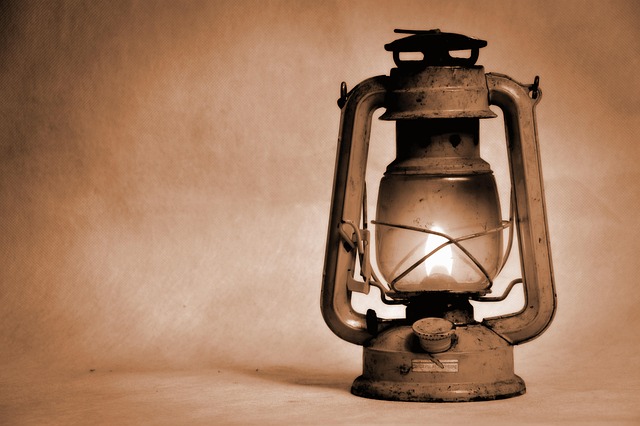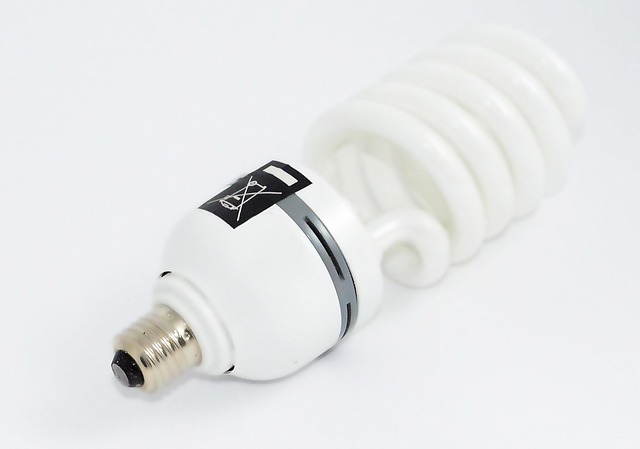A timing belt, crucial for engine health, needs regular replacement based on vehicle age, mileage, and manufacturer guidelines to avoid serious damage. Unusual noises, oil leaks, or power loss signal potential issues. Professional mechanics, using advanced tools, accurately assess needs, recommend suitable belts, and consider related parts like alternator belts. Cost-consciousness is balanced with quality; proactive maintenance, including regular checks and high-quality parts, extends engine lifespan. A select timing belt replacement with proper maintenance prevents costly repairs.
In the pursuit of guaranteed results, understanding the intricacies of your vehicle’s timing belt is paramount for engine health. This article delves into the critical component that synchronizes your engine’s valves and pistons, exploring factors influencing optimal replacement timing. Learn to identify signs necessitating replacement and discover the crucial role professional mechanics play in accurate assessment. We also provide cost-effective solutions without compromising quality and offer preventative measures to maximize your engine’s lifespan post-replacement, emphasizing the importance of a strategic Select Timing Belt Replacement strategy.
- Understanding Timing Belt Importance for Engine Health
- Factors Influencing Optimal Replacement Timing
- Identifying Signs Indicating a Need for Replacement
- The Role of Professional Mechanics in Accurate Assessment
- Exploring Cost-Effective Solutions Without Compromising Quality
- Preventative Measures to Maximize Engine Lifespan Post-Replacement
Understanding Timing Belt Importance for Engine Health

Understanding the significance of your vehicle’s timing belt is paramount to maintaining optimal engine health. This vital component synchronizes the rotation of the crankshaft and camshaft, ensuring a precise timing sequence for efficient combustion. Over time, wear and tear can lead to damage or failure, resulting in costly repairs. Therefore, timely replacement is crucial, often recommended at specific intervals specified by manufacturers.
Selecting the right timing belt replacement involves adhering to best practices for timing belt maintenance. This includes considering factors like fast turnaround times for timing belt services, ensuring a warranty for timing belt replacement, and choosing high-quality belts that meet or exceed manufacturer standards. Regular checks and prompt action when signs of wear are noticed can prevent major engine damage, underscoring the importance of this seemingly unassuming but indispensable component in your vehicle’s engine.
Factors Influencing Optimal Replacement Timing

The optimal time to replace a timing belt is influenced by several key factors. One of the primary considerations is the vehicle’s age and mileage. As cars age, their components wear down; a timing belt, subject to constant engine heat and movement, is no exception. Manufacturers often provide guidelines on recommended replacement intervals, which can serve as a reliable benchmark. Ignoring these recommendations can lead to serious consequences, such as the risks of driving with a bad timing belt, including engine damage or failure.
Additionally, drivers should monitor any unusual noises coming from the engine bay or signs of wear, like cracks or loose belts. Regular maintenance checks can help in determining if a replacement is needed. Another factor to consider is the cost involved. Replacing a timing belt, depending on the make and model, can range from moderate to substantial expenses. However, understanding whether your car warranty covers timing belt replacement can significantly ease financial burdens. Alternatively, some vehicle owners opt for timing belt or chain replacement as a preventive measure, balancing the costs against the potential savings of avoiding larger engine repairs down the line.
Identifying Signs Indicating a Need for Replacement

When it comes to your vehicle’s health, recognizing the signs that signal the need for a timing belt replacement is crucial. Many modern cars have timing belts that can last for hundreds of thousands of miles, but over time, wear and tear can take their toll. One of the key indicators is unusual noises coming from the engine, such as rattling or squeaking, which could suggest loose components, including the timing belt.
Additionally, a professional mechanic might notice signs like oil leaks near the engine or a loss of power, especially if the vehicle’s performance has declined significantly. Regular maintenance checks can often catch these issues early on. Compared to attempting a DIY timing belt service, which can be complex and risky, especially for those unfamiliar with automotive mechanics, seeking professional timing belt replacement services is advisable. Knowing the best practices for timing belt maintenance ensures your vehicle’s longevity and prevents more serious engine damage. For where to get your timing belt replaced, look no further than reputable auto repair shops that offer reliable and affordable solutions without compromising on quality.
The Role of Professional Mechanics in Accurate Assessment

The role of professional mechanics cannot be overstated when it comes to accurately assessing a vehicle’s needs, especially regarding crucial components like the timing belt. These experts possess the knowledge and experience to interpret intricate engine systems, ensuring that any decision made is informed and beneficial for the car’s long-term health. When considering a select timing belt replacement, their expertise is invaluable. They can identify not only when a replacement is necessary but also recommend the most suitable timing belt type for the vehicle, aligning with best practices for timing belt maintenance.
Professional mechanics follow established guidelines and employ advanced diagnostic tools to assess factors like engine wear, age of existing components, and driving patterns. This comprehensive evaluation goes beyond mere visual inspections, involving meticulous checks on related parts such as alternator belt replacement, to guarantee optimal performance and prevent unexpected breakdowns. Their involvement ensures that the process is not merely a v-belt replacement instruction but a strategic move towards preventive maintenance, ultimately contributing to safer and more efficient vehicle operation.
Exploring Cost-Effective Solutions Without Compromising Quality

In today’s economic climate, businesses and individuals alike are increasingly mindful of costs. However, sacrificing quality isn’t the answer—especially when it comes to car maintenance. When considering essential repairs like select timing belt replacement, opting for cost-effective solutions doesn’t have to mean compromising reliability or longevity. A step-by-step guide timing belt replacement can empower owners to make informed decisions and potentially save on costs associated with professional services.
Understanding the signs of a bad car engine timing belt—such as unusual noises, decreased fuel efficiency, or damaged valves—is crucial for proactive car maintenance scheduling. Regular checks can prevent costly repairs down the line. Additionally, focusing on preventive measures like timely alternator belt replacement can contribute to overall cost savings while ensuring your vehicle runs smoothly and efficiently.
Preventative Measures to Maximize Engine Lifespan Post-Replacement

To maximize the lifespan of your engine after replacing the timing belt, preventative measures are crucial. Regular maintenance checks can help identify potential issues early on. Keeping an eye on key metrics like oil levels, temperature, and fluid pressure ensures any anomalies are caught promptly. Using high-quality replacement parts recommended by a timing belt specialist near me is essential; these parts are designed to withstand the rigors of your engine.
Additionally, adhering to the manufacturer’s service schedule for intervals like timing belt replacements itself can prevent future problems. A warranty for timing belt replacement provides peace of mind, ensuring you’re protected against unexpected failures. Remember, preventing is often more cost-effective than repairing; a proactive approach can save you money in the long run by avoiding more intricate and expensive engine repairs, considering the timing belt replacement cost.
When it comes to ensuring your engine’s longevity and performance, timely timing belt replacement is paramount. By understanding the influencing factors, recognizing signs of wear, and seeking professional assessment, you can make informed decisions. Opt for a cost-effective solution without sacrificing quality, and remember that preventative measures after replacement are key to maximizing your engine’s lifespan. Selecting the right timing belt replacement strategy is a crucial step in maintaining optimal engine health.
